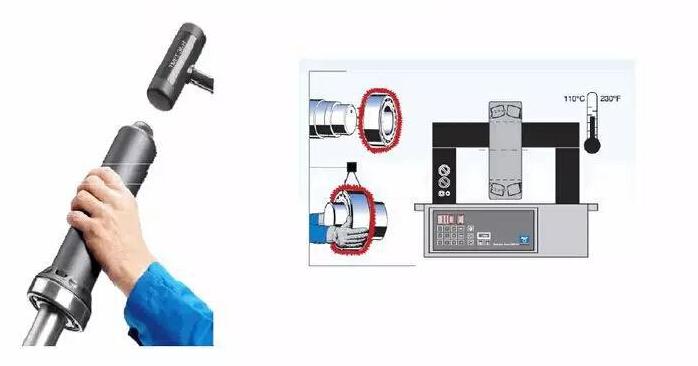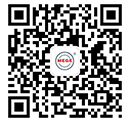Mounting
D<= 100mm D>100mm
Mounting bearings in a cold condition Recommend Bearing Heater

Prepare for Mounting
Do not remove the bearing from its packaging until you are ready to mount it. The packaging provides protection from contamination. When installing a new bearing, do not remove the lubricant or preservative applied by the manufacturer. The preservatives used on almost all bearings are fully compatible with commonly used oils and other lubricants.
Notice When Bearings In Stock
Leaving it in place will protect the bearing from fingerprints and corrosion. Bearings should be installed in a clean environment, free from dust, debris, moisture and other contaminants. When installing a bearing in the field, make an effort to ensure a clean work area. Use protective screens around the work area, and provide a clean resting surface for the bearing and other components until they can be installed. Before beginning the installation, plan your work.
Be certain that you have the correct replacement bearing and necessary additional components. Also determine what tools will be required, including adjustment tools if appropriate, and have them on hand. Finally, if the bearing needs to be lubricated as part of the installation process, have the appropriate lubricants and tools available. Planning your work will enable you to perform the installation more quickly with few delays, shortening the amount of time the bearing is out of the equipment and exposed to contamination and possible handling damage.
Typical problems that can cause premature failures are:
Damage caused during the fitting procedure
Incorrect sized shafts and housings i.e. too loose or too tight
Retaining lock nuts coming loose in operation
Burred and damaged shaft and housing seats and shoulders
Incorrectly mounted bearings












